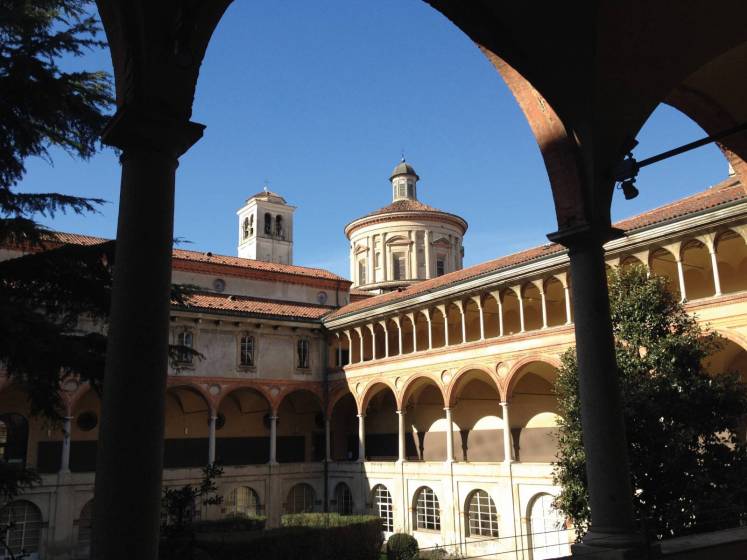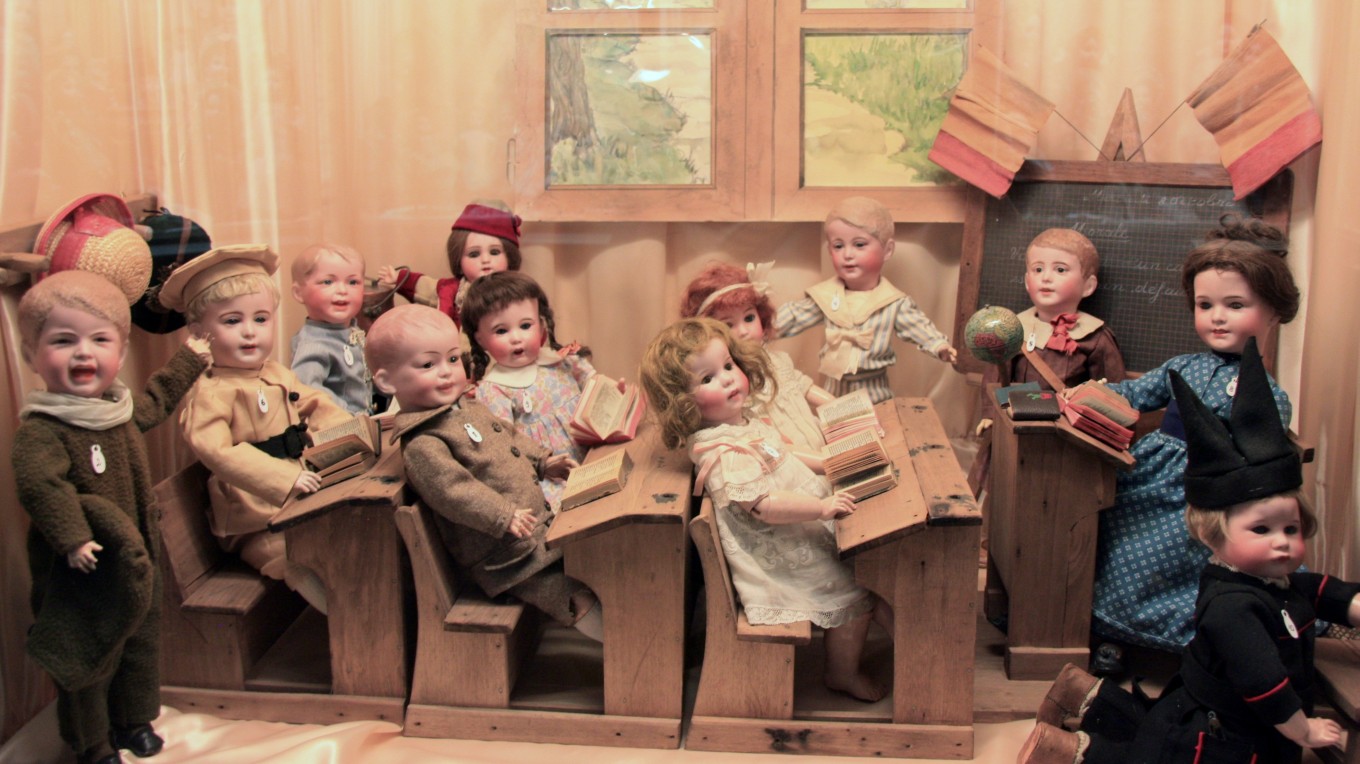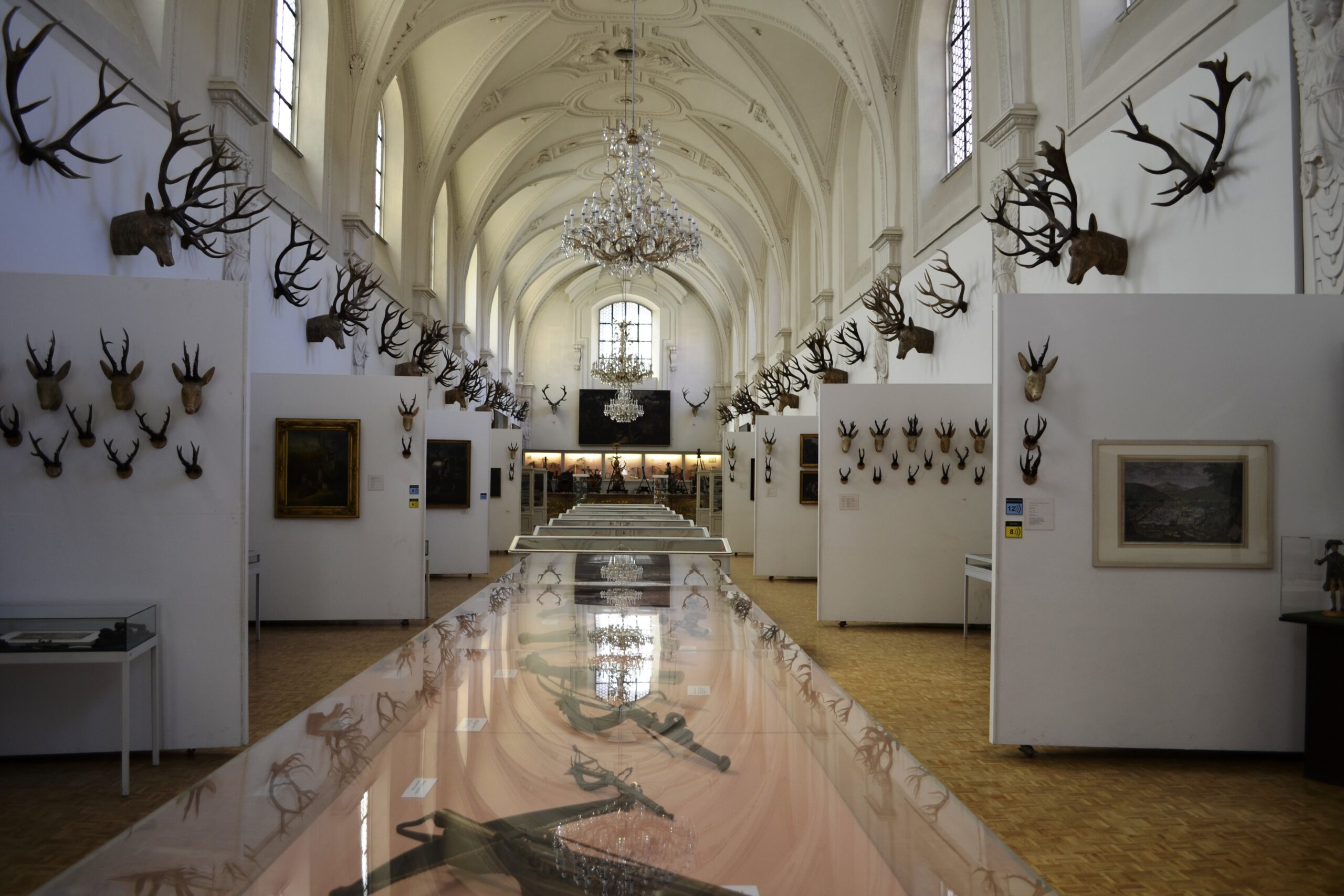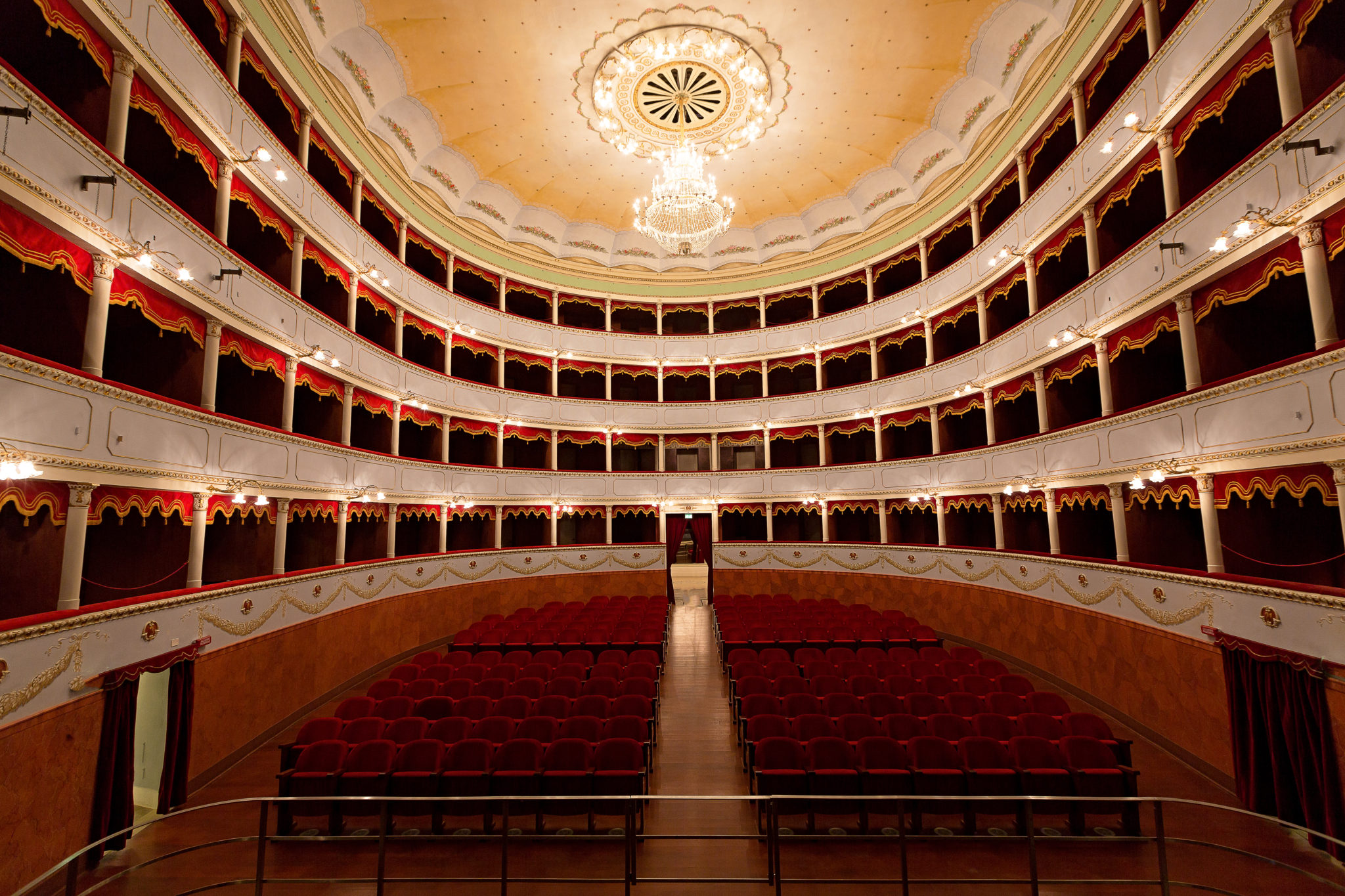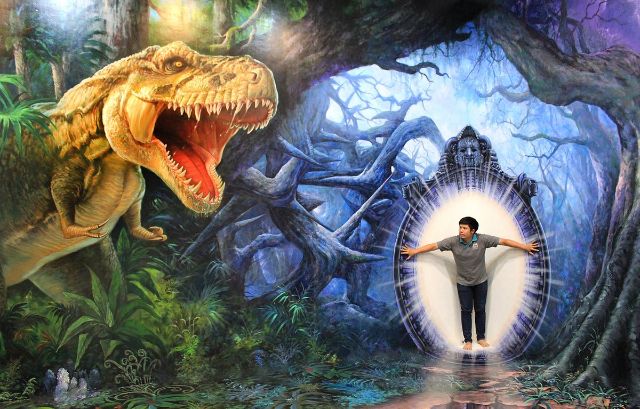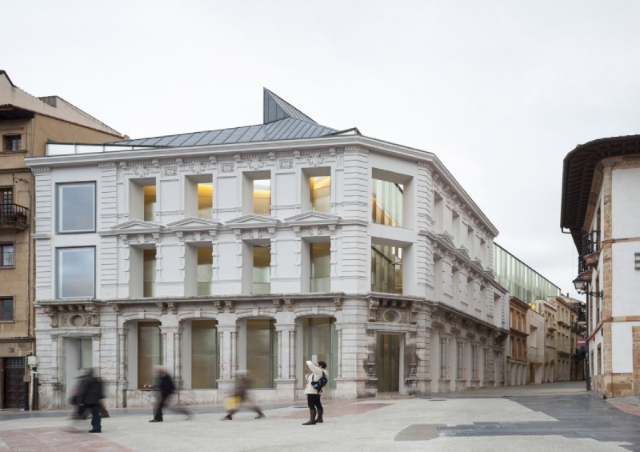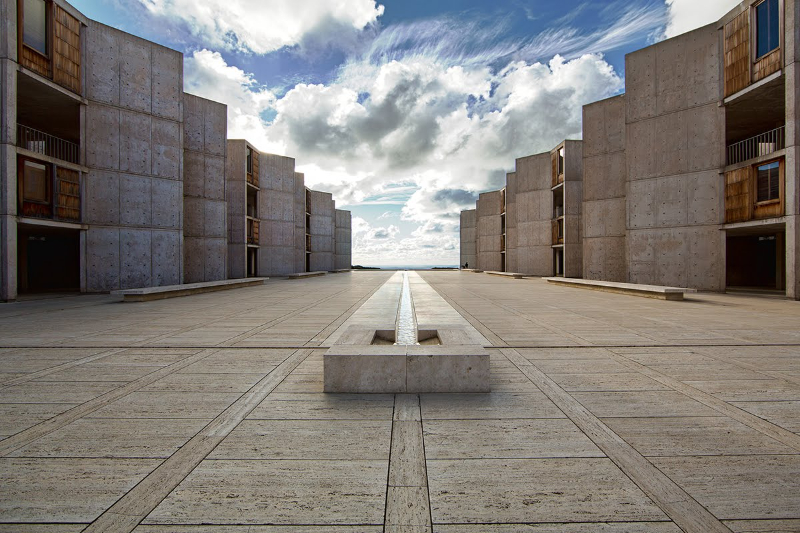The National Museum of Science and Technology Leonardo da Vinci in Milan is the largest science museum in Italy.
Inaugurated in 1953, the museum is housed in the evocative spaces of a 16th century Olivetan monastery near the church of San Vittore in the central area of Milan.
The museum complex consists of various historical buildings, arranged around two monumental cloisters, modern buildings built in the 1950s, a 2,000 square metre metal hangar – which currently contains the museum’s collection of railway vehicles – and a pavilion built in the 1970s to house the collections dedicated to maritime and air transport.
Collections and permanent exhibition
Dedicated in particular to scientific and technological development in Italy, the collections of the National Museum of Science and Technology consist of over 16,000 pieces and cover a variety of topics, including transport, energy, information technology, physics, mathematics, electronics, food, industrial manufacturing, space exploration and materials technology.
The collections also include large iconic objects, such as the 46-metre-long Enrico Toti submarine, the famous racing boat Luna Rossa, a complete thermoelectric power station dating back to the late 19th century, the command bridge of the transatlantic liner Conte Biancamano, various experimental aircraft and historic steam locomotives.
Other interesting pieces on display include an Olivetti Programma 101 calculator, considered by many to be the first personal computer in history, the 19th century refraction telescope used by Giovanni Schiaparelli to study the surface of Mars, a lunar rock, and the magnetic detector invented by radio pioneer and Nobel Prize winner Guglielmo Marconi.
A permanent exhibition is then dedicated to the "machines" conceived by Leonardo da Vinci during the fifteenth century. The largest of its kind in the world, the exhibition displays 130 models and full-scale reconstructions of Leonardo’s engineering inventions and experimental projects based on original drawings.
In general, the National Museum of Science and Technology in Milan, although full of really interesting objects, can sometimes seem a bit old-fashioned compared to more modern science museums. Also for this reason, in recent years the institution has begun a program of updating and modernization of the museum through the creation of new sections dedicated to the latest developments in science and technology, such as biotechnology and nanotechnology, renewing the layout of sections of its permanent exhibition, and adding interactive installations, hands-on stations, and a space dedicated to tinkering (i.e. scientific learning through play and creativity) and three-dimensional prototyping.
